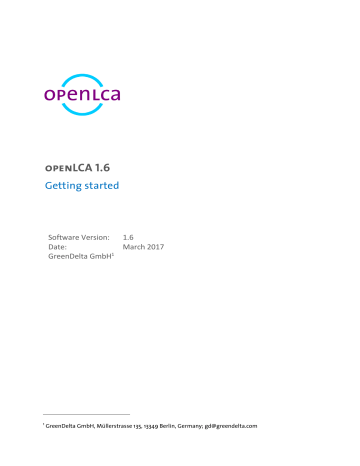
Achieving sustainability is challenging, especially for an industry where plastics make up approximately 85% of medical equipment, and approximately 90% of medical device waste consists of disposable, one-time-use products or components. However, leading pharmaceutical companies now have well-defined strategies for product stewardship and environmental impact reduction, setting deadlines as aggressive as 2030 for achieving their sustainability targets – improving not only sustainability of their own operations but demanding that all parties throughout their value chain do so as well. Looking at just one part of the supply chain or product lifecycle in isolation, and only measuring a few of the environmental problems associated with it, is simply not sufficient. To date, much of this work has focused on sustainability initiatives aimed towards optimising the manufacture of drug product, such as using less energy and water, but often ignored the total impact of each product and supply chain on overall sustainability.

2 Recognising this impact, the healthcare industry is following other industries in developing and deploying sustainability initiatives throughout the value chain.

1 To put these numbers into perspective, the healthcare industry produces twice the level of greenhouse gas emissions compared with the aviation industry. In September 2019, Health Care Without Harm (HCWH) published a report that estimated that the global climate footprint for healthcare is equivalent to 4.4% of global net emissions (2 gigatons of CO 2 equivalent based on 2014 data from HCWH). “A significant portion of the medical device industry generates the bulk of its revenue from the sale of disposable products or components, including finished autoinjector devices and their associated components.” This article is a continuation of the case put forward by Phillips-Medisize’s Iain Simpson in his October 2020 ONdrugDelivery article. ONdrugDelivery, Issue 126 (Oct/Nov 2021), pp 36–44.Įmil Fraenkel and Bjarne Sørensen consider the sustainability of re-useable and disposable autoinjectors, its implications in adding connectivity to drug delivery devices and how it has been an important consideration for Phillips-Medisize in the development of the Aria re-usable autoinjector.

Citation: Fraenkel E, Sørensen B, “Sustainability with the Aria Autoinjector: a Lifecycle Assessment”.


 0 kommentar(er)
0 kommentar(er)
